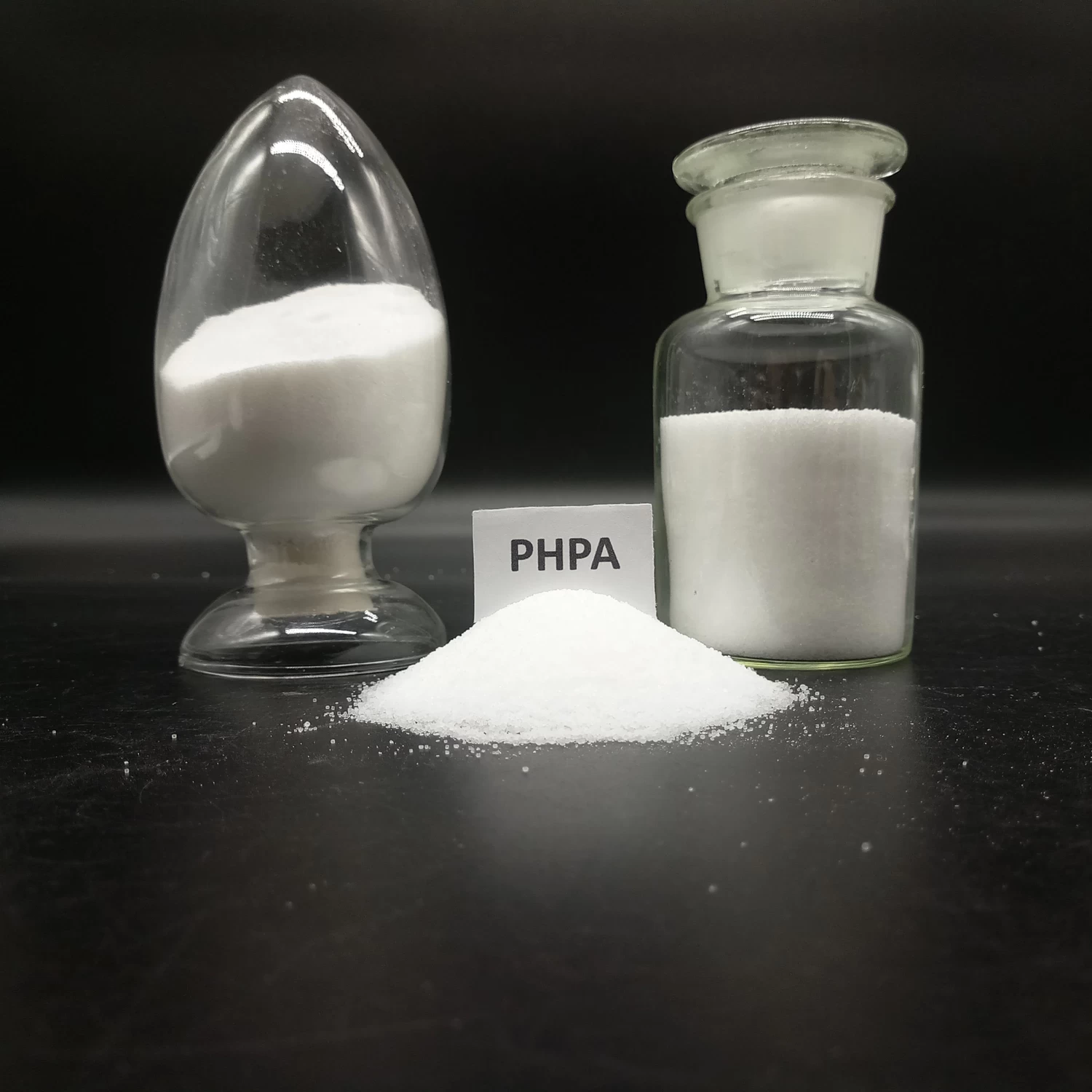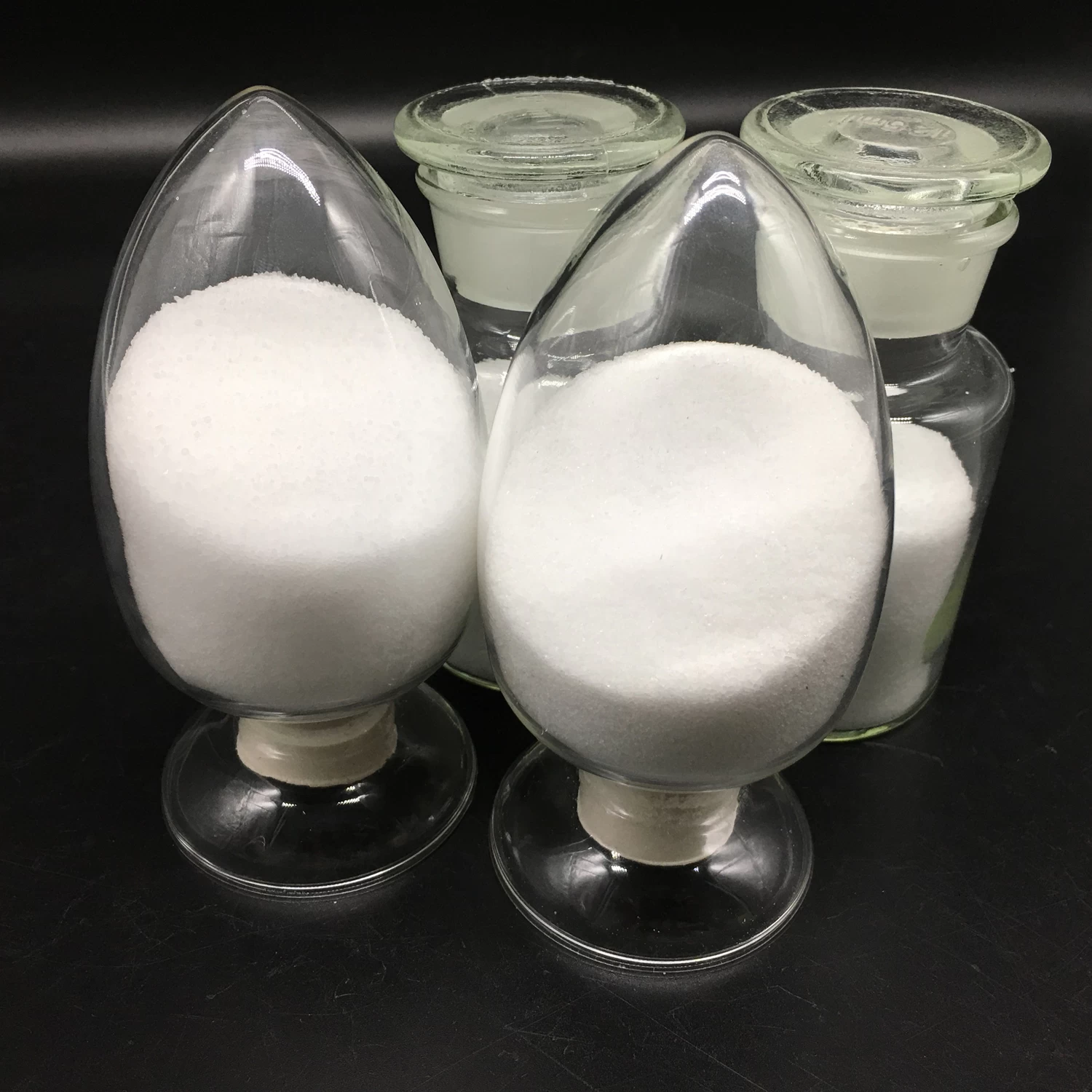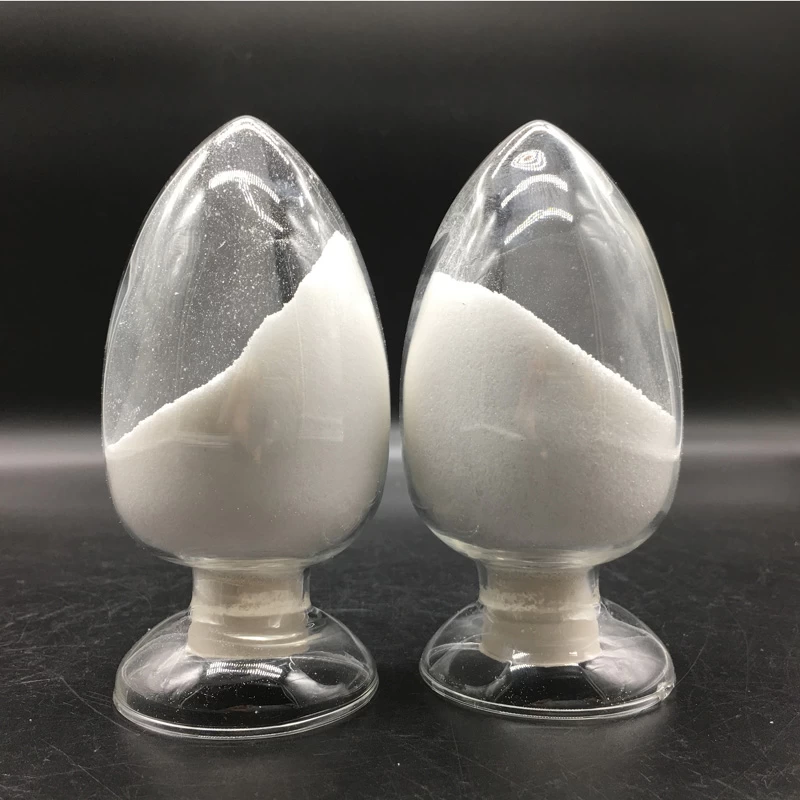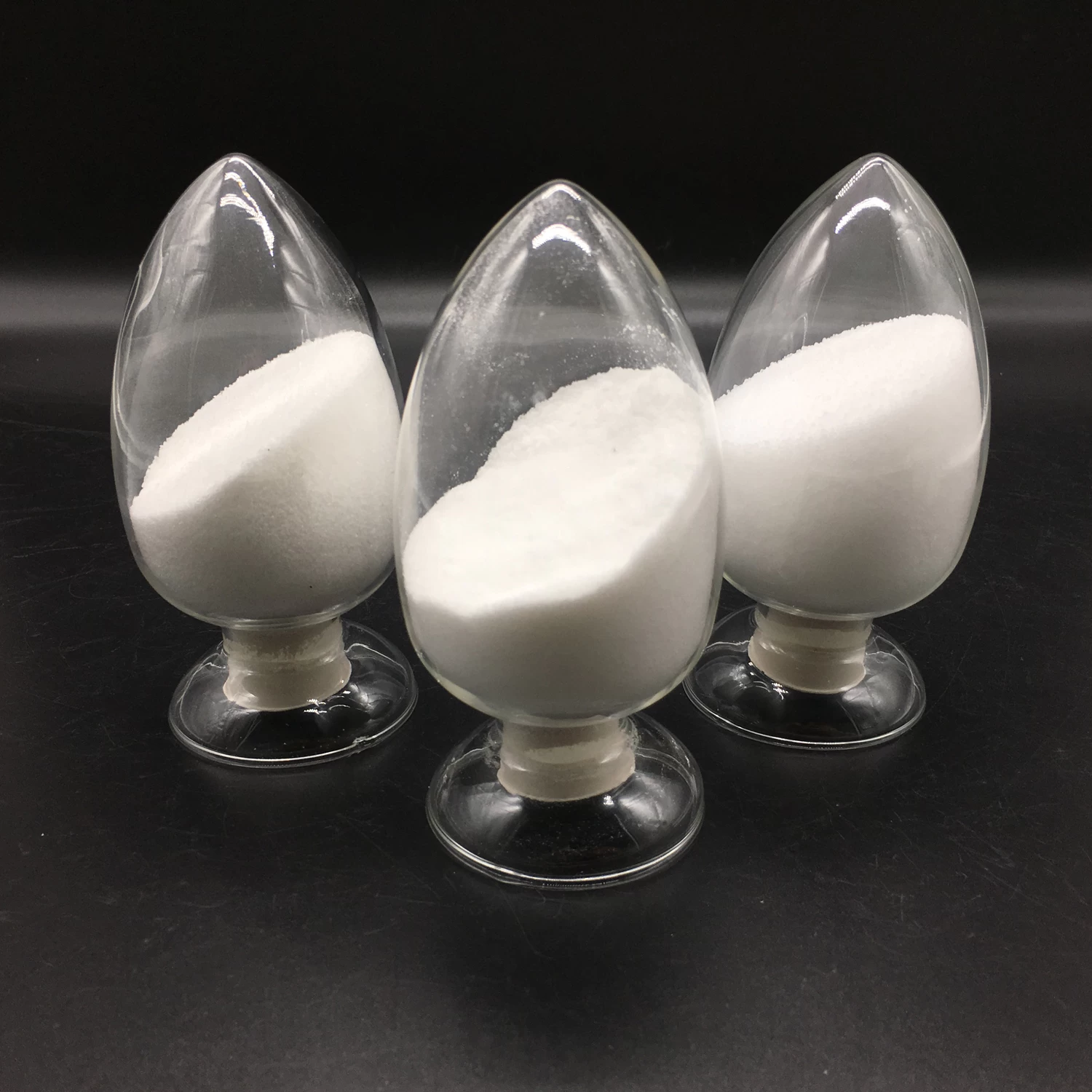Application of polyacrylamide in the treatment of sand washing sewage
Polyacrylamide is commonly known as flocculant or flocculant for sewage treatment in the washing field. The molecular formula is [CH—CH]n——CONH2 is a linear water-soluble polymer with a molecular weight of 8-20 million. The appearance of solid products is white or Slightly yellow powder, the liquid is a colorless viscous colloid, easily soluble in water, and easily decomposed when the temperature exceeds 120℃.
Types of polyacrylamide for sewage treatment in the washing field: Polymer flocculants are divided into: anionic, cationic and non-ionic.
Anionic type is mainly used for domestic and production water, industrial and urban sewage treatment. It is also suitable for the flocculation and sedimentation of red mud and the separation of mud in the alumina preparation process. The anionic molecular weight is relatively high, and it is mainly used for the precipitation of aqueous suspensions and suspensions. It is very difficult to flocculate when acidic and partially acidic solutions contain organic suspensions. In this case, the cationic polymer flocculant can effectively perform flocculation and sedimentation, showing its outstanding performance. The use form is 0.1-0.2% aqueous solution, which must be prepared with water with PH≤7. It is easy to be hydrolyzed when prepared into a dilute solution, so it should be used with the preparation or used up the same day, and it is not easy to store for a long time.
The advantages of polyacrylamide for sewage treatment in the washing field: polymer flocculant is used for sewage treatment, with high removal efficiency of organic matter in water, low dosage, fast settling speed and low water production cost. It is a product that other flocculants cannot replace.
How to use the flocculant as a precipitant for sewage treatment in the washing field: The polymer flocculant can be used alone or in conjunction with PAC for water treatment, but the two must be stirred separately. The user determines the amount of water and dosing during dilution according to their respective conditions The amount of size.
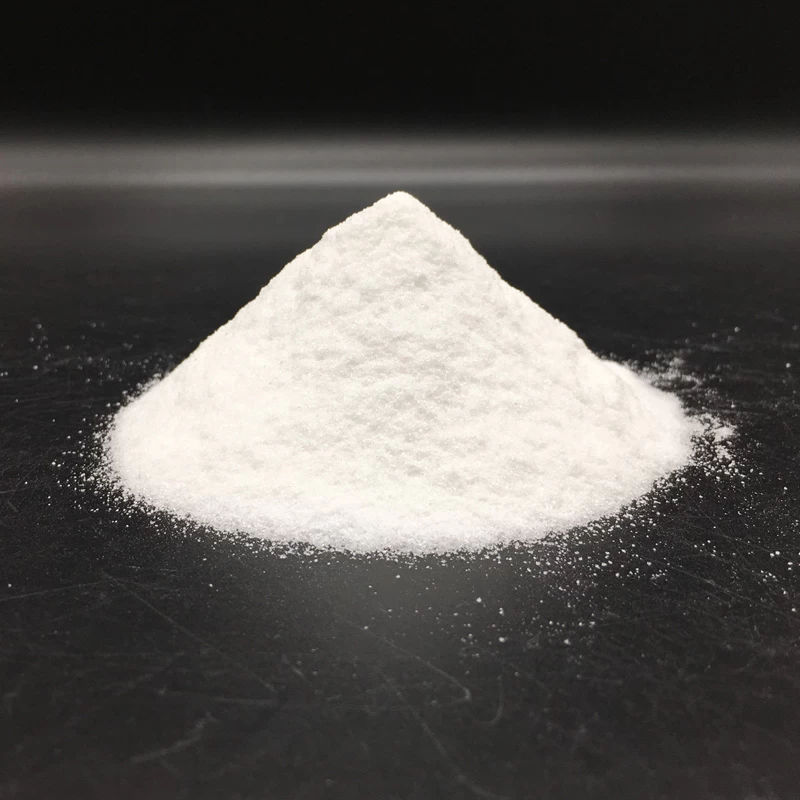

 E-mail:info@welldonechina.com
E-mail:info@welldonechina.com +86-17664031716
+86-17664031716


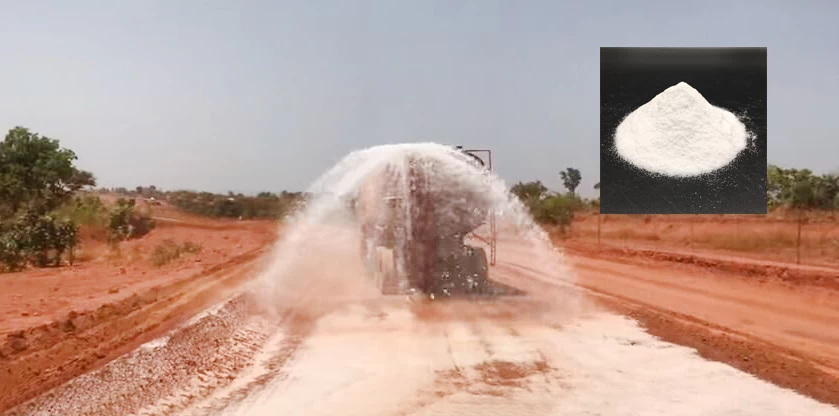
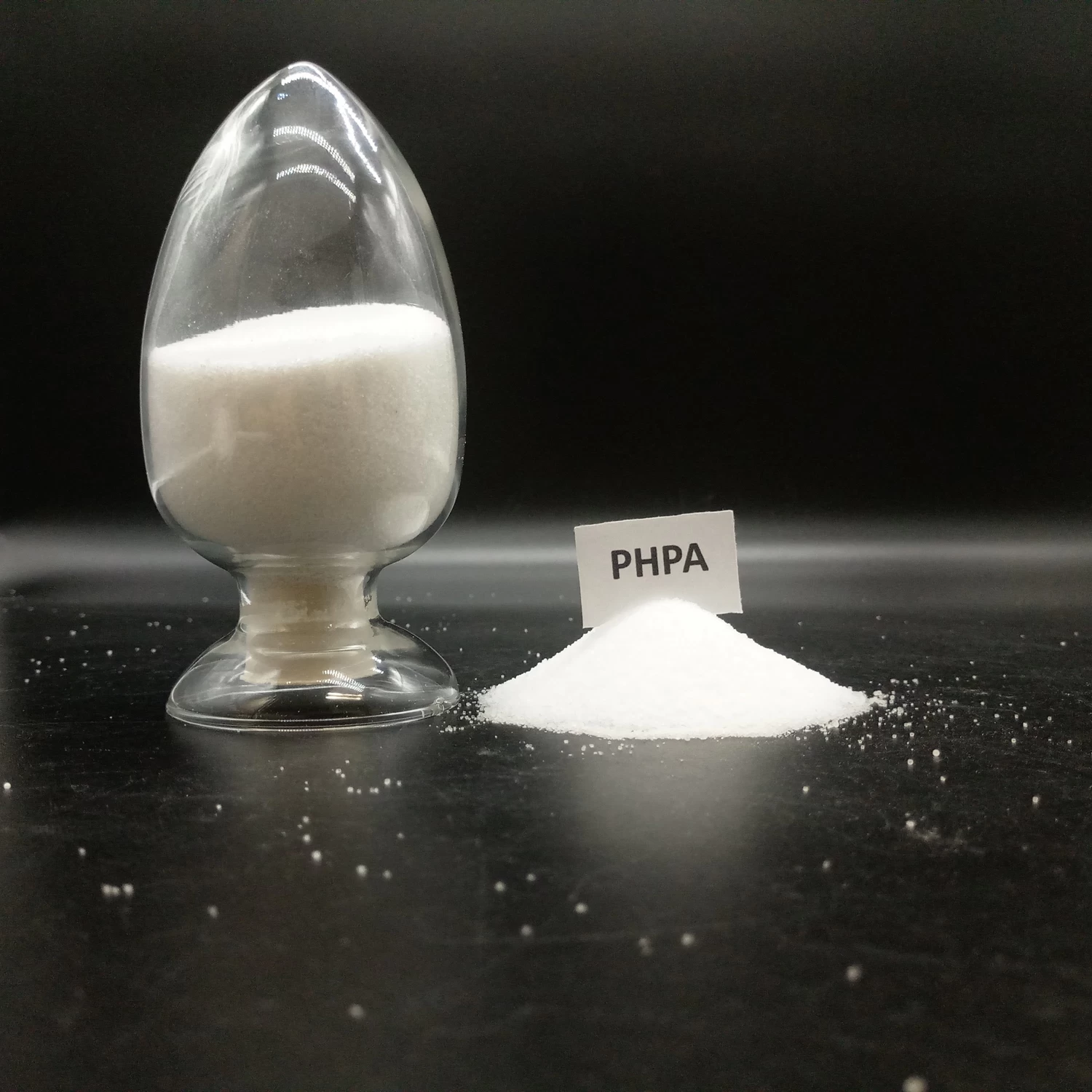
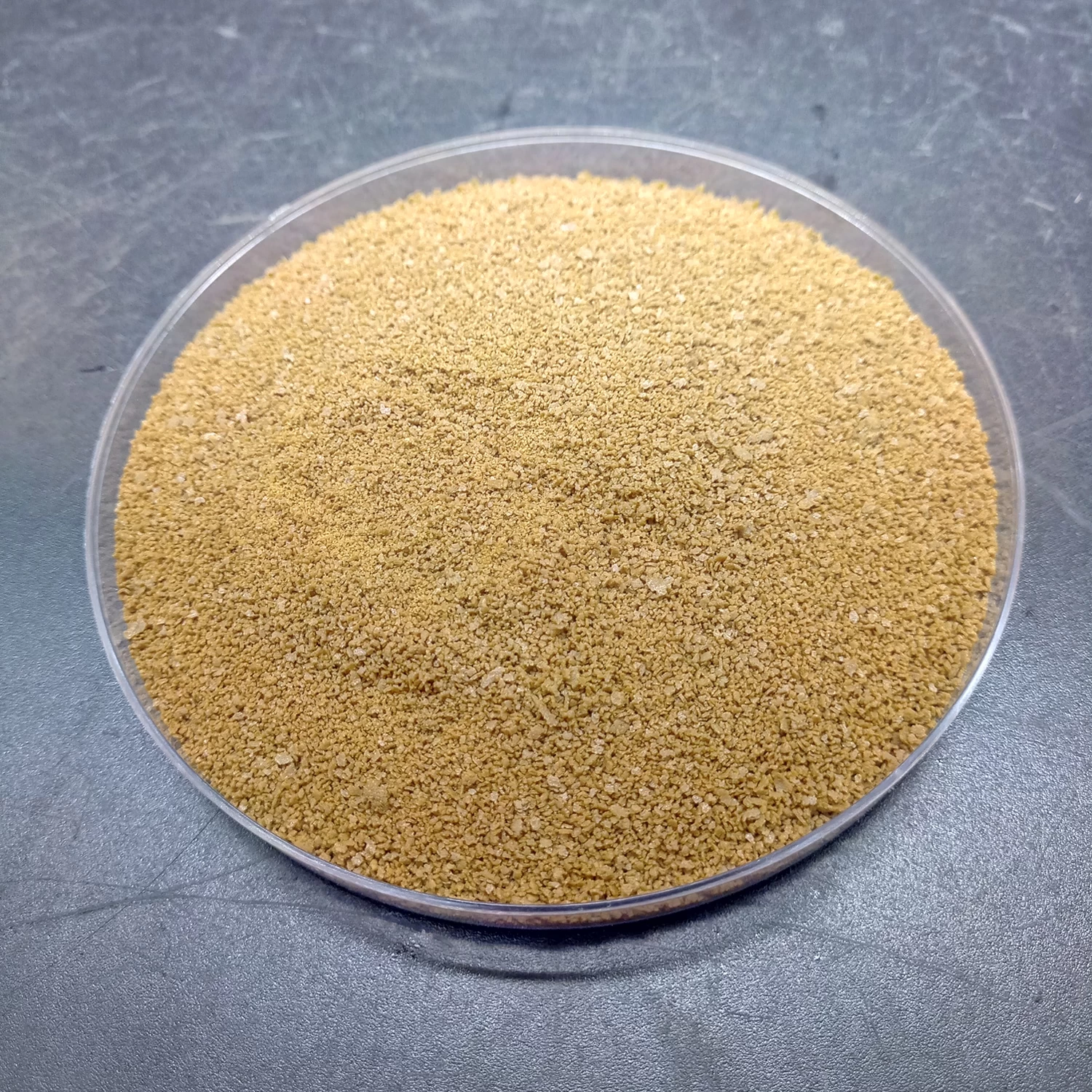
-for-drilling-muds.png.webp)
